Japanese meat dishes, renowned for their meticulous preparation and exquisite flavors, showcase the artistry and precision of Japanese culinary tradition. From succulent slices of wagyu beef to tender grilled yakitori skewers, each dish reflects a harmonious balance of taste, texture, and presentation. Influenced by centuries of culinary evolution, Japanese meat dishes are imbued with cultural significance and regional variations, offering a diverse range of experiences for discerning palates. Whether enjoyed in a traditional izakaya or a modern fine dining establishment, these dishes exemplify the Japanese commitment to culinary excellence and the celebration of premium ingredients. Join us on a savory exploration of Japan's meaty delights.
Tonkatsu
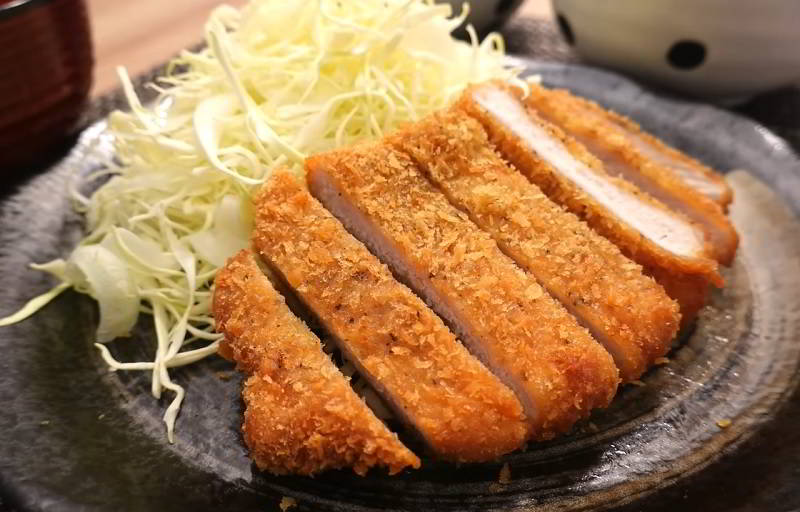
Tonkatsu, a beloved Japanese dish, features a breaded and deep-fried pork cutlet, typically prepared by coating slices of pork with panko (Japanese bread crumbs) and frying them in oil. The dish comes in two main varieties: fillet and loin. Tonkatsu serves as the foundation for other dishes like katsukarē and katsudon.
The term "tonkatsu" is a combination of the Sino-Japanese word "ton" meaning "pig" and "katsu," a shortened form of "katsuretsu," an old transliteration of the English word "cutlet," derived from the French word "côtelette."
Originating during Japan's Meiji Era in the late 19th century, tonkatsu draws inspiration from the French dish "côtelette de veau," featuring veal cutlets coated in breadcrumbs and fried in butter.
For preparation, either pork fillet or loin cuts are used, seasoned with salt and pepper, lightly dredged in flour, dipped in beaten egg, and coated with panko before deep-frying. The cooked tonkatsu is typically sliced and served with shredded cabbage and accompanied by a thick Worcestershire-style tonkatsu sauce, mustard (karashi), and sometimes a slice of lemon. It is commonly enjoyed with rice, miso soup, tsukemono, and eaten with chopsticks. Alternatively, it may be served with ponzu sauce and grated daikon instead of tonkatsu sauce.
Yakitori
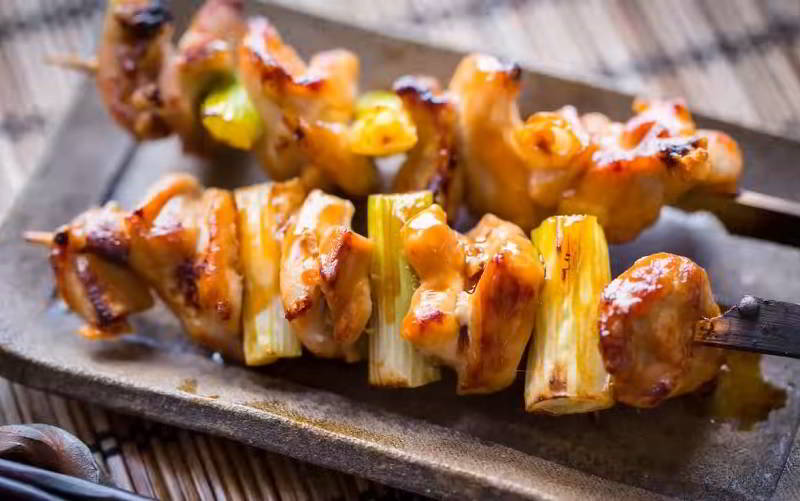
Yakitori, a popular Japanese dish, consists of skewered chicken grilled over charcoal. The meat is threaded onto kushi, which are skewers typically made from steel, bamboo, or similar materials. Once skewered, the chicken is grilled over a charcoal fire and seasoned with tare sauce or salt during or after cooking. The term "yakitori" is sometimes informally used to refer to kushiyaki, a broader category of grilled and skewered foods.
Yakitori is known for its convenience and portability, often prepared using step-by-step methods. Traditionally, portable charcoal grills were used for cooking yakitori, a method commonly seen at yatai (street food stalls). However, restaurants may utilize stationary grills and, depending on the circumstances, higher-quality binchōtan charcoal for grilling.
Chicken Katsu
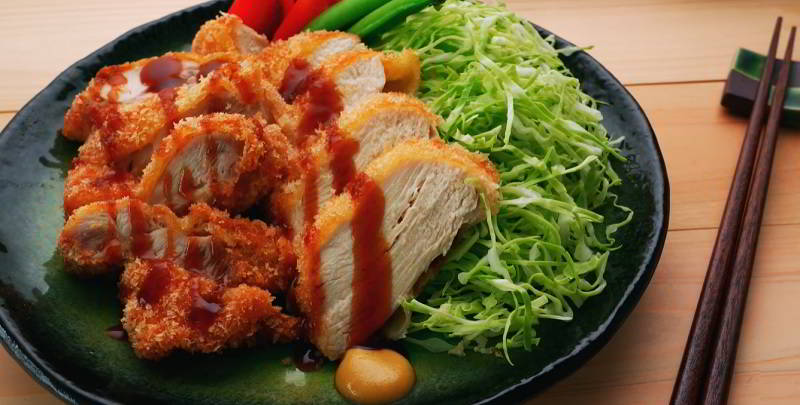
Chicken katsu, also referred to as panko chicken or tori katsu (torikatsu), is a Japanese culinary delight consisting of fried chicken coated with panko bread crumbs. It shares similarities with tonkatsu, a dish featuring fried pork cutlets. Chicken katsu has gained popularity internationally and is commonly found on the menus of Japanese and East Asian restaurants worldwide.
Similar to tonkatsu, chicken katsu is typically accompanied by tonkatsu sauce, a thick Japanese vegetarian sauce made from pureed fruit, as part of a meal set that includes rice or miso soup. Alternatively, it can be enjoyed as a standalone dinner dish with rice and vegetables.
Oyakodon
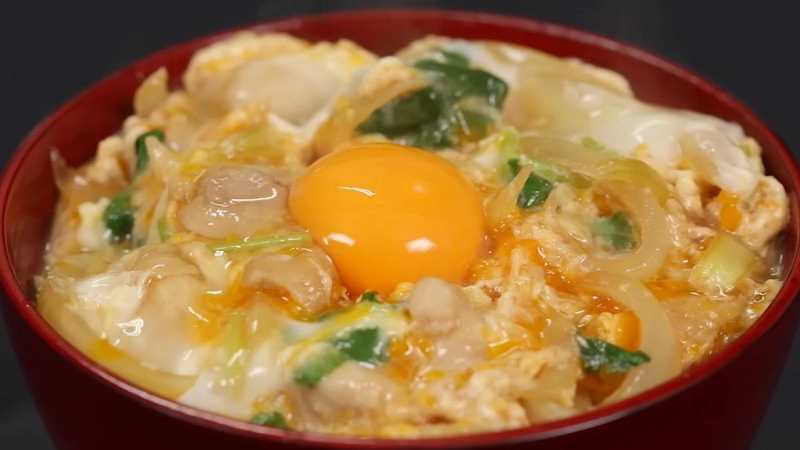
Oyakodon, a popular Japanese rice bowl dish, falls under the category of donburi. It features a flavorful combination of chicken, egg, sliced scallions (or sometimes regular onions), and other ingredients simmered together in a broth made with soy sauce and stock. This savory mixture is then served on a bed of steamed rice in a large bowl.
The name "oyakodon" holds a poetic significance, reflecting the use of both chicken (oya) and egg (ko) in the dish, symbolizing the parent-and-child relationship.
The exact origins of oyakodon are uncertain, but the earliest written mention of the terms "oyako" and "don" together dates back to a newspaper advertisement for a restaurant in Kobe in 1884. The advertisement lists dishes such as oyakojōdon, oyakonamidon, and oyakochūdon, possibly indicating different portion sizes of the same dish.
Other Japanese dishes play on the parent-and-child theme of oyakodon. For example, tanindon, which translates to "stranger bowl," is essentially the same dish but substitutes chicken with beef or pork. Additionally, there's sake oyakodon, featuring raw salmon and salmon roe served over rice, highlighting the salmon parent-child connection.
Gyūdon
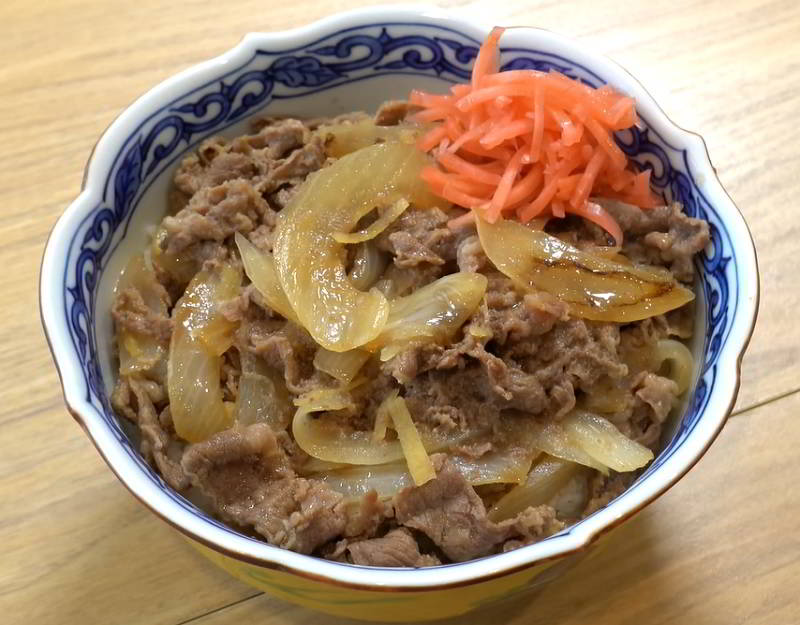
Gyūdon, also referred to as gyūmeshi, is a classic Japanese dish featuring a bowl of steamed rice topped with simmered beef and onions in a subtly sweet sauce enhanced with soy sauce, dashi (fish and seaweed stock), and mirin (sweet rice wine). This hearty dish is often accompanied by additional toppings like raw or soft poached eggs, grated cheese, Welsh onions (negi), or kimchi for added flavor and texture.
A staple in Japanese cuisine, gyūdon is commonly enjoyed alongside beni shōga (pickled ginger) and shichimi (ground chili pepper), with a side serving of miso soup to complete the meal.
Katsudon

Katsudon is a beloved Japanese dish consisting of a bowl of steamed rice topped with a deep-fried, breaded pork cutlet, along with egg, vegetables, and various condiments. The name "katsudon" is derived from the Japanese words "tonkatsu" (referring to the pork cutlet) and "donburi" (indicating a rice bowl dish).
This dish holds a special significance in Japanese culture, particularly among students, who have adopted a modern tradition of eating katsudon the night before major tests or school entrance exams. This practice stems from the wordplay associated with the dish, as "katsu" is a homophone for the Japanese verb meaning "to win" or "to be victorious."
Katsudon also holds a humorous trope in Japanese police films, where suspects are depicted as speaking the truth with tears after consuming katsudon and being asked probing questions. This gag has remained popular in Japanese cinema, with the notion of "eating katsudon while interrogating" being a recurring theme.
Kushikatsu
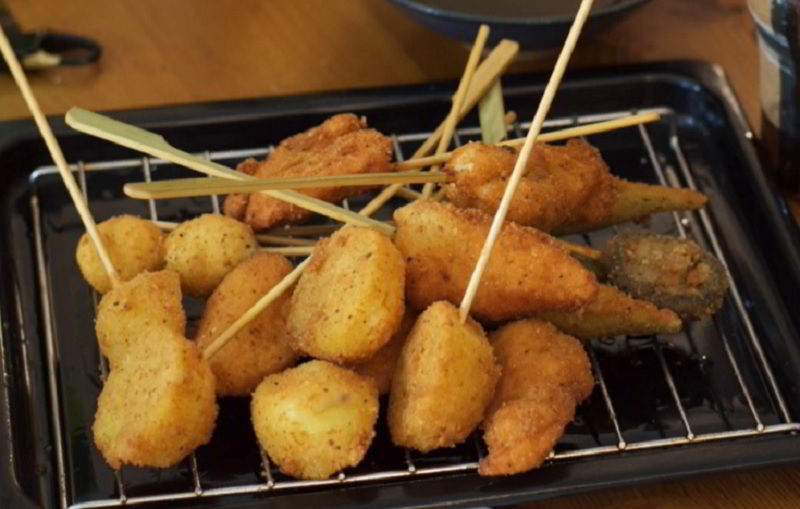
Kushikatsu, alternatively known as kushiage, is a delectable Japanese dish featuring skewered meat and vegetables that are deep-fried to perfection. In Japanese, "kushi" refers to the skewers used, while "katsu" denotes deep-fried meat cutlets. This savory dish can be prepared with a variety of ingredients including chicken, seafood, pork, and seasonal vegetables.
To create kushikatsu, the chosen ingredients are skewered onto bamboo sticks, dipped in flour, egg, and panko breadcrumbs, and then deep-fried in vegetable oil until golden and crispy. Kushikatsu may be enjoyed as is or served alongside tonkatsu sauce for dipping, adding an extra layer of flavor to this delightful dish.
Hayashi rice
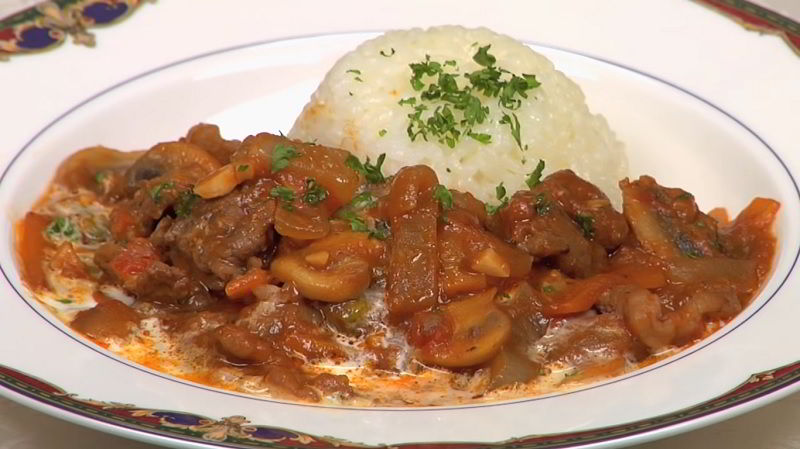
Hayashi rice, also known as hashed beef rice, is a popular dish in Japan categorized as a Western-style meal, or yōshoku. It typically consists of tender beef, onions, and button mushrooms cooked in a rich demi-glace sauce infused with red wine and tomato sauce. This flavorful sauce is served over or alongside steamed rice, often garnished with a drizzle of fresh cream for added richness. Variations of the recipe may incorporate soy sauce and sake for additional depth of flavor.
Originating from the former mining town of Ikuno in Hyōgo Prefecture, Japan, hayashi rice is said to have been influenced by a French engineer who worked in the area in 1868 and contributed to its development. While hayashi rice showcases Western elements such as the use of demi-glace and red wine, it remains relatively unknown in Western countries.
Nikujaga
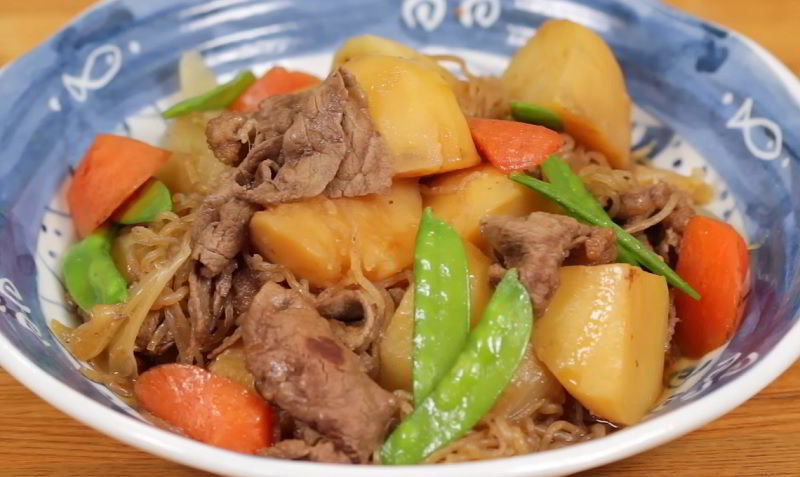
Nikujaga is a traditional Japanese dish categorized as yōshoku, which refers to Western-influenced Japanese cuisine. This hearty stew features a medley of meat, potatoes, onions, and sometimes ito konnyaku and vegetables, all simmered together in a sweetened mixture of soy sauce and mirin.
Potatoes typically form the bulk of the dish, with the meat primarily adding flavor. Thinly sliced beef is the most commonly used meat, although minced or ground beef is also popular. In eastern Japan, pork is often substituted for beef.
Nikujaga is a beloved winter comfort food commonly prepared at home, where it is simmered until most of the liquid has been reduced to create a rich and flavorful stew. It is traditionally served with a bowl of steamed white rice and miso soup, making for a satisfying and comforting meal. Additionally, nikujaga is occasionally found on the menus of izakayas, Japanese-style pubs, where it is enjoyed alongside other small plates and drinks.
Kushiyaki

Kushiyaki is a term encompassing skewered and grilled meat and vegetables, while kushiage refers to fried versions. Yakitori, a famous type, features grilled skewered chicken available in various parts like legs, breast, liver, and gizzard at dedicated restaurants.
Specialized kushiyaki eateries offer a variety of ingredients beyond meat, including vegetables like asparagus, shiitake mushrooms, and mini tomatoes, often prepared without oil for healthier options. While charcoal grilling is typical, home cooks often purchase skewers from supermarkets for dinner sides, as replicating charcoal grilling at home is challenging.
Torisashi
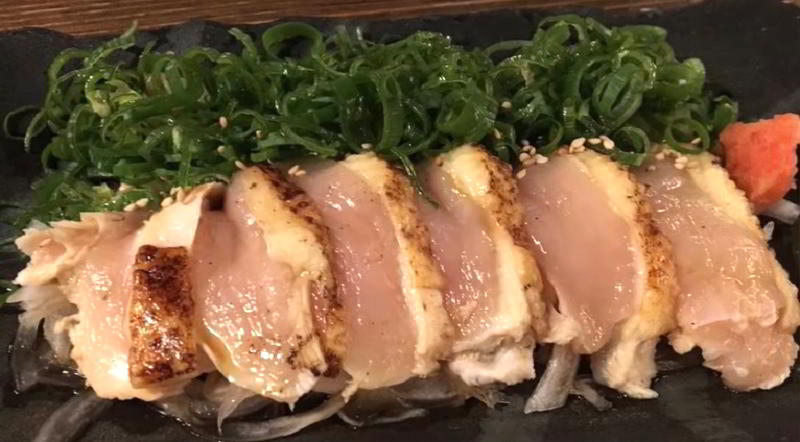
Torisashi is a dish of raw chicken sashimi, often lightly seared on the outside while the interior remains pink, causing apprehension for many. In Kagoshima, it enjoys a devoted following. Accompaniments include ginger, mirin-sweetened soy sauce, sesame seeds, salt, green onions, or wasabi. Various chicken parts like hearts, gizzards, breasts, thighs, and liver are used, ensuring strict slaughtering and immediate refrigeration to prevent bacterial contamination.
Tsukune

Tsukune, a Japanese chicken meatball, is commonly cooked yakitori style but can also be fried, baked, or boiled. It's often glazed with sweet soy or yakitori tare sauce, resembling teriyaki. Ground ingredients like beef, pork, or fish may be used, shaped into dumplings or skewered. Tsukune also refers to fish meatballs added to hot soup (tsumire-jiru) or enjoyed in tsukune nabe, a regional steamboat dish in Japan. Traditionally, fish fillets were ground using a suribachi grinding bowl, but blenders are now used. Tsukune is traditionally grilled on bamboo skewers over fire or charcoal but can also be pan-fried.
Gyūtan
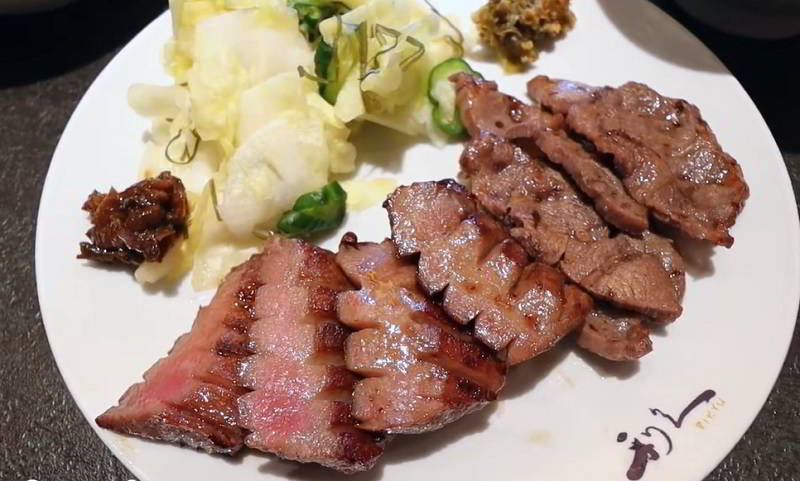
Gyūtan is a Japanese dish consisting of grilled beef tongue. The term "gyūtan" originates from the Japanese words for "cow" and "tongue," reflecting its main ingredient. Originating in Sendai in 1948, it's typically served with tail soup, barley rice, and pickles in the Sendai region. In other parts of Japan, gyūtan is commonly found in yakiniku restaurants, initially seasoned with salt, hence known as "tanshio," but some establishments now offer it with tare sauce.
KFC Rice
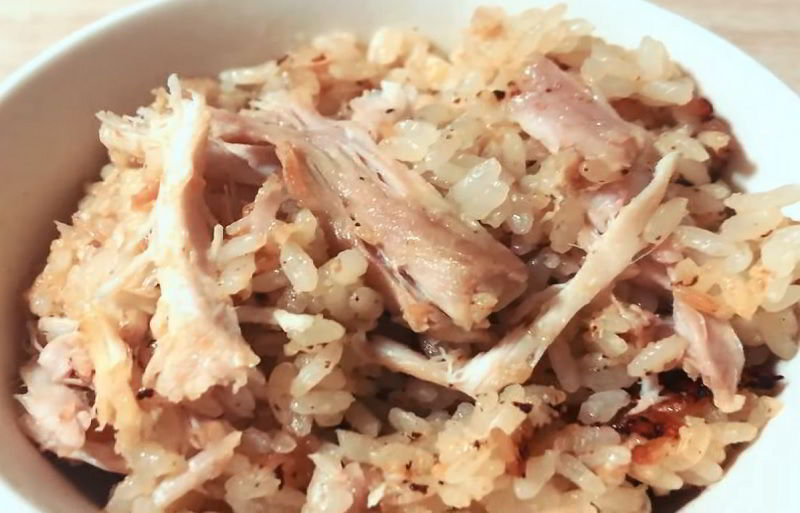
KFC rice, also known as devil cooked rice or devil's takikomi gohan, is a variation of takikomi gohan made with fried chicken. Prepared in a rice cooker, it involves mixing rice with chicken stock and soy sauce before adding fried chicken. Although it's commonly made using KFC's Original Recipe chicken in Japan, any type of fried chicken can be used. Despite its popularity in Japan, KFC rice is not an official menu item offered by KFC anywhere. While KFC offers rice dishes like chicken katsu bowls in Japan and jollof rice in Nigeria, these are distinct from KFC rice and prepared differently.
Chikuzenni
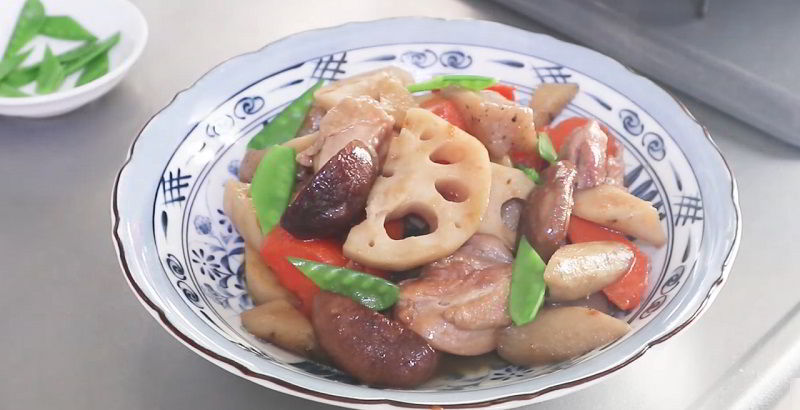
Chikuzenni is a traditional dish hailing from northern Kyushu, Japan, featuring braised chicken and vegetables. It's commonly enjoyed during New Year celebrations in Japan.
Named after the historical Chikuzen Province (now Fukuoka Prefecture), Chikuzenni was originally referred to as game-ni, possibly stemming from the Hakata dialect meaning "to collect," reflecting how the ingredients were gathered and cooked. Another theory suggests that Japanese soldiers in Korea during invasions used turtles (dobugame) instead of chicken, hence the term game-ni.
The dish involves sautéing ingredients in oil before simmering them in broth. Snap peas are sometimes added towards the end of cooking.
Butadon
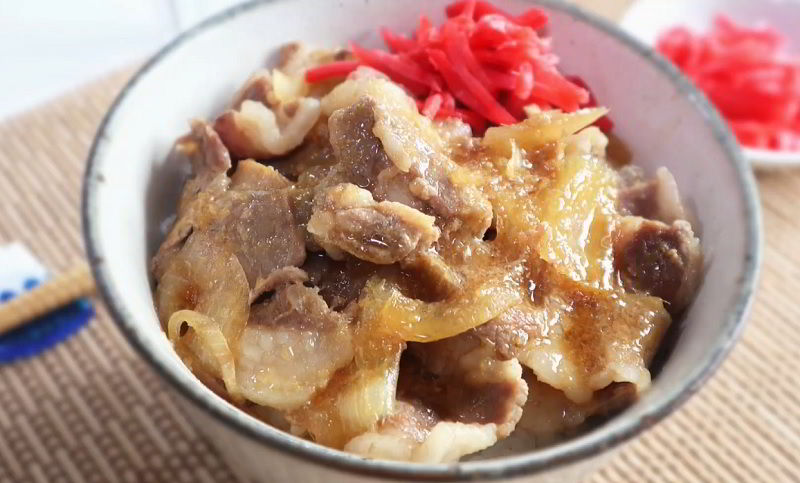
Butadon is a popular Japanese meat dish that consists of thinly sliced grilled or simmered pork served over a bed of steamed rice. The name "butadon" translates to "pork bowl," highlighting the central role that pork plays in this dish. The pork is typically marinated in a savory sauce made from ingredients such as soy sauce, sake, mirin, and sugar, which adds a rich and flavorful taste to the meat. The thinly sliced pork is cooked until tender and juicy, and then placed on top of a bowl of steaming hot rice. The meat is often garnished with thinly sliced green onions and sesame seeds, adding a touch of freshness and nuttiness to the dish. The combination of the tender pork and the fluffy rice creates a satisfying and comforting meal. Butadon is a versatile dish that can be enjoyed for lunch or dinner. It is beloved by many in Japan for its simplicity, delicious flavors, and affordability. Whether enjoyed at a casual eatery or made at home, butadon is a delightful option for meat lovers looking to savor the flavors of Japanese cuisine.
Toriten
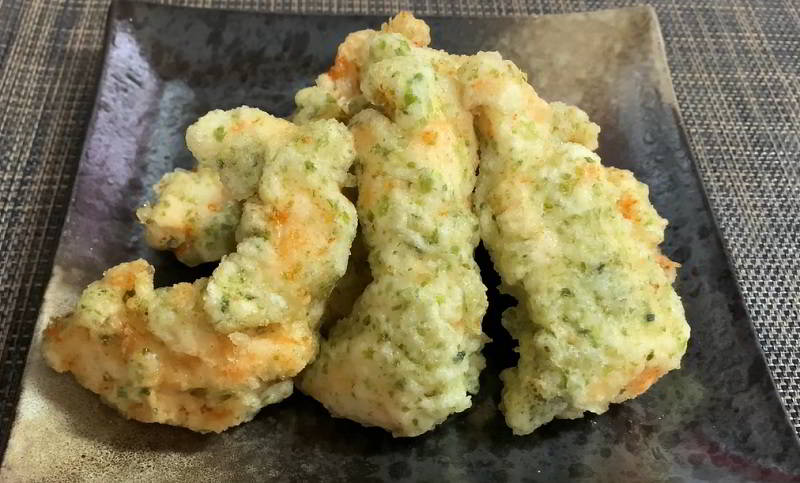
Toriten is a Japanese-style fried chicken dish resembling tempura, originating from Ōita Prefecture and highly favored there. Any chicken part is used, cut into small pieces, dipped in a mixture of sake, garlic powder, and soy sauce, coated in tempura powder, and deep-fried. Typically served with fresh greens, Toriten is enjoyed piping hot immediately after frying. Commonly paired with Ponzu sauce (soy sauce and vinegar) alongside mustard, in Ōita, it's also relished with a sauce based on Kabosu citrus.


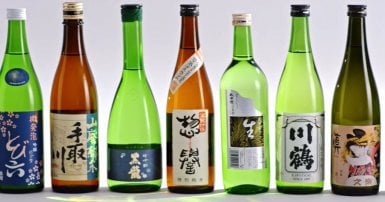



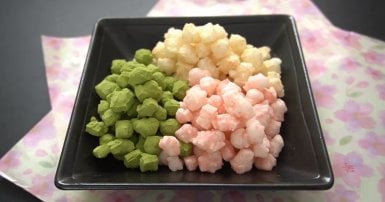
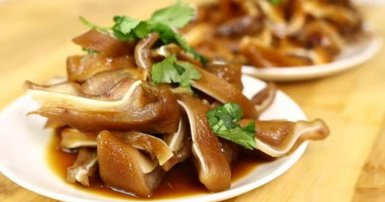
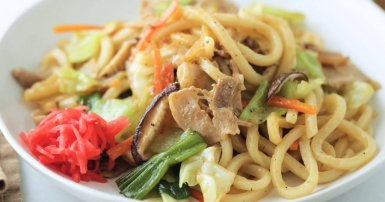
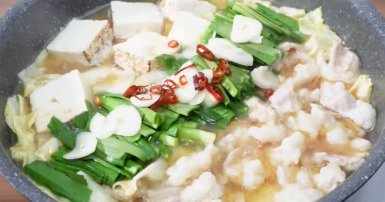

-1709813013.jpg)


